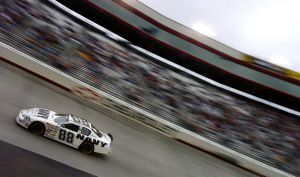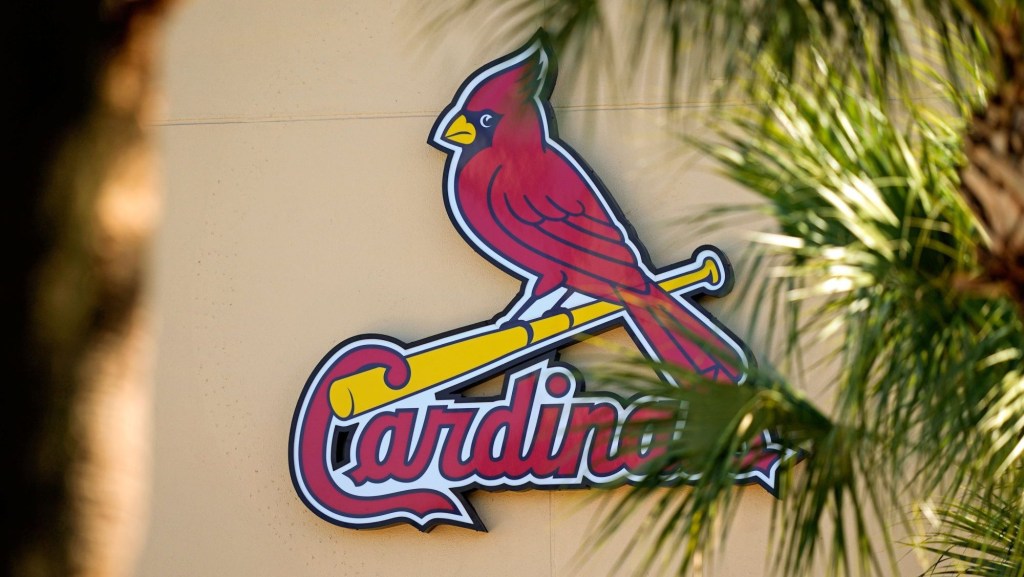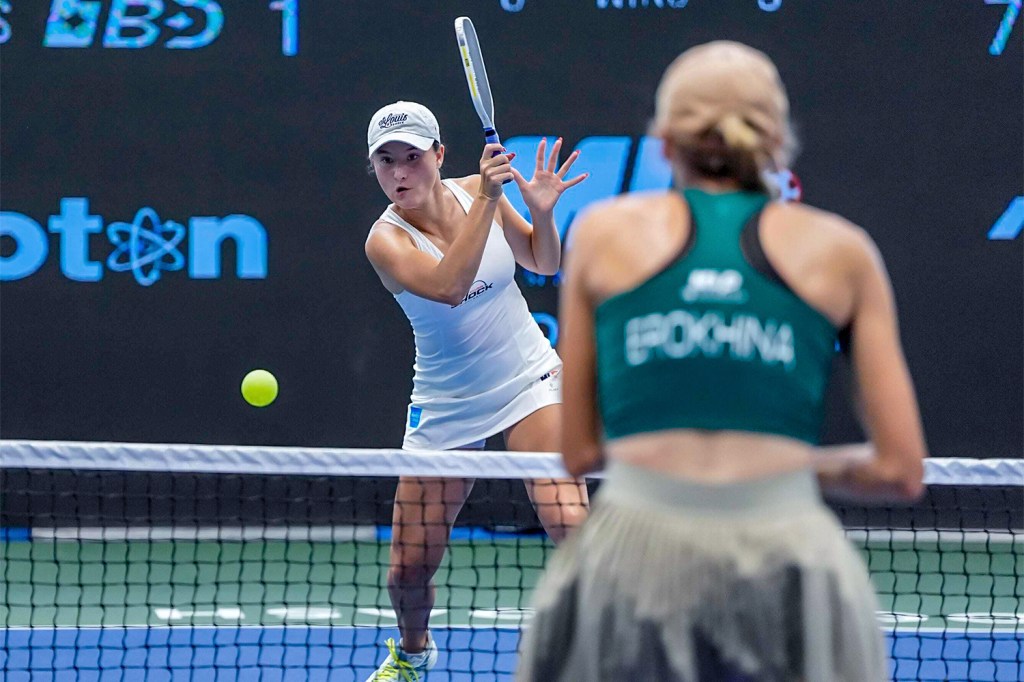
Photo via Creative Commons
In 2016, NASCAR took a major step in its ability to leverage data and make informed decisions within the sport through the creation of its analytics and insights group. Vice President Norris Scott worked to create an integrated team that serves not only NASCAR, but teams, tracks, and NASCAR’s official sponsors through the use of data.
“It was a big moment for NASCAR when we created this team,” said Scott. “It was a signal of our commitment to elevate the role of data in our sport.”
The Formation and Basics
Previously, there were four to five different groups of employees servicing various aspects of the sport while managing data. One group might focus on television, while another handled social media metrics and engagement, and another measured digital media.
“We integrated vital research functions, staff, and tools,” said Scott. “It’s been a great move, and one of the biggest benefits is that it gets everyone talking and engaging with each other. Today’s sports fan is following sports so differently than yesterday, and our team now reflects that. Each week we are talking about TV viewership, digital page views, fantasy game usage, streaming usage, social media engagement, race driver likeability, and fan sentiment. It all connects. It’s important that we are able to work together to understand our audience in this way.”
Performance-Based Sponsorships
In addition to looking at social and digital engagement, Scott and the analytics group serve several of NASCAR’s official sponsors. While there are a variety of ways that the group has done work for partners, one of the most unique examples is with Anheuser-Busch and the Busch Pole Award.
READ MORE: How NASCAR Stays Up to Speed in the Ever-Changing Digital Space
Anheuser-Busch moved towards a performance-based sponsorship, which creates a true partnership between the two groups and eliminates the “one-size-fits-all” sponsorship approach.
“With Anheuser-Busch, we agreed on data used to measure the sponsorship, whether it was awareness or social metrics, and we share that data with each other,” said Scott. “We have seen some NASCAR sponsors receive 4-1 and even 10-1 return on investment. The data supports it. That’s why we have more Fortune 100 brands in our sport than other sports.”
Proud Moment: The Roval at Charlotte Motor Speedway
For Scott, one of the proudest moments of his time as vice president of the analytics and insights department came this fall when instead of a traditional 500-mile race on the 1.5-mile oval, the Roval debuted during Charlotte Motor Speedway’s playoff race weekend.
“The Roval is a great example of a stakeholder using data to drive results, ” said Scott. “We knew that it would be a big change and the track would be different from anything we’d ever seen. One of the attributes we studied was the fact that it would be unpredictable. Fans thrive on unpredictability, and our research helped us understand that.”
Scott and his team worked with both the track and its parent company, Speedway Motorsports Inc., to geo-target fans in the Charlotte, N.C. area. The group used its proprietary Fan Council community and looked at fans who attend races each year and “lapsed” fans who had not been to the track in recent years.
“We quickly found out that many lapsed fans were curious about the Roval, and we knew it could bring them back to the track,” said Scott. “We also knew that some fans were “oval purists,” so we had to figure out a way to sell them on the concept.”
Scott and crew then worked with Charlotte Motor Speedway’s customer relations management (CRM) software to be able to talk to fans. The initial goal was to validate the prior research and then begin to further flesh out some concepts with fans who had been attending races at Charlotte for several years in a row.
“A number of fans liked the concept because of the unpredictability it would bring in the playoffs,” said Scott. “Beyond that, the Roval was perceived as innovative, and fans knew that it would be memory making. We were able to identify those attributes and advise the speedway based on our findings.”
[mc4wp_form id=”8260″]
Scott’s team was also able to use historical social media data to understand fan sentiment around oval tracks versus road courses and share that with the speedway. Using qualitative, quantitative research and social media data together is an example of the new holistic approach NASCAR is taking under Scott’s leadership.
“That data really help us engage in a meaningful way with fans and get their interest piqued about the Roval – the data was actionable,” Scott noted. “We were able to deliver that to Charlotte Motor Speedway. The best part of everything was the results. We saw an increase in both new fans and lapsed fans return to the track. The biggest takeaway is that research is incredibly important. We were able to help deliver results because of our insights.”
Fan and Media Engagement Center
Through the Fan and Media Engagement Center, the analytics and insights department is able to use modern technology and track trending topics and benchmarks, in addition to a host of other data points.
“The FMEC is a great example of NASCAR using technology,” said Scott. “We use it on a daily basis and will track nearly 2.6 billion impressions per year. We are ingesting more third-party data into the center and can look at minute-by-minute data on race consumption.”
One of the best ways that the department stays up to date on trending topics and what’s hot on social and digital media is through a live look at what’s happening on the track. Whether it’s a big wreck or a photo finish, the department can plot what happened on the track at a certain point and look for a spike in engagement on social media and increased television viewership based on what happened.
WATCH: Inside Toyota’s Massive Daytona Activation
Conviva Social Insights, run by Nick Cicero, is one of the partners that helps NASCAR ingest data. For example, if it’s a video of reigning NASCAR champion Joey Logano, the platform Conviva provides can analyze further and show how many viewers were from Logano’s home state of Connecticut.
“The tools and data partnerships we have are vital to our success,” said Scott. “We have a great relationship with Conviva Social Insights. They deliver a great resource for us. Whether it be engagement rates or other metrics, they play an important role in what we do.”
Scott knows that it’s a process to continually improve and strive for the best. While the department has had a great start in its youth, he refuses to be complacent.
“Research departments get stereotyped as passive and just reporting on what happened,” said Scott. “We want to redefine how data is used at NASCAR and elevate it to the forefront of every decision. With the right data and a smart insights team, we unlock the power of the fans — 80 million NASCAR fans — that are the lifeblood of our sport.”
















